Enhance Fire Safety and Cut Costs with Concrete Protection SystemsConcrete is well known for its high compressive strength. When reinforced with steel, it creates structural members such as load-bearing floors, columns, beams and walls that have high resistance to deflection. However, regarding fire resistance, maintaining adequate structural performance during a fire requires almost double the thickness of concrete needed compared to structures that are not exposed to fire. Heat transfer through the concrete or spalling which leads to direct exposure of the steel reinforcing component, can cause structural failure during a fire event.
The Fire Resistance Level (FRL) or Fire Resistance Period (FRP) for concrete is defined by 3 criteria when subject to a standard fire endurance test.
After the incipient fire, fires within a building often display three distinct phases - growth, steady burn, and decay. These phases vary significantly based on the fuel load, fuel type, and ventilation conditions.
AS1530.4 provides a heating regime that, while not exactly representing the heat release rate profile of a true fire, enables comparison and evaluation of the fire performance of protected and unprotected reinforced concrete construction elements. This is done by subjecting them to the same controlled exposure.
FIREFLYBatt Concrete Protection is a tested system that allows structural engineers to design fire-resistant concrete structures with a 40% reduction in concrete. Its superior insulation at high temperatures enables these structures to maintain their structural adequacy under fire. FIREFLYBatt Concrete Protection is an innovative and lightweight system designed for fire-stopping large holes in floors and walls, as well as linear gap seals. It is a 50 mm thick mineral fibre board made from basalt rock with an endothermic and ablative coating on each side. This system enables a reduction in concrete thickness for fire-exposed concrete while maintaining structural adequacy due to its superior insulation at high temperatures.
Recently, this system was tested to AS1530.4 (2014) using a 120 mm thick concrete slab protected with a 50 mm lining of FIREFLYBatt. The slab was then subjected to 4 hours of the AS1530.4 (2014) fire endurance curve, which reaches 1153°C at 240 minutes. Additionally, the slab was point-loaded with 2400 kg, and the deflection and temperatures were measured at critical locations. The test data shows that 50 mm of FIREFLYBatt installed on the underside of floors or both sides of walls can upgrade 100 mm concrete steel-reinforced elements to provide an FRL of 240/240/240 and provide adequate insulation to 145 mm of concrete for 4 hours of fire resistance.
The FIREFLYBatt system offers several benefits for building designersFirstly, it can be used as a potential retrofit for changing the building use or occupancy. In cases where a change of building classification type requires a greater FRL of floors and walls, the system can be installed to meet the necessary requirements. Secondly, for new builds, the system enables lighter structures with a 40% reduction in concrete mass while achieving equivalent fire resistance through the incorporation of FIREFLYBatt protection. This can lead to cost savings in materials and construction time. Finally, the system allows for thinner floors, saving up to 100mm per floor where an unprotected 250 mm floor slab would be required. This reduction in thickness can provide additional cost savings and increased design flexibility. Gavin Williams, Technical Manager, TBA Firefly Pty Ltd Our updated RIR is readily accessible via the FIREFLY PFP App, or by contacting us at 02 8004 3333 or sales@tbafirefly.com.au, or by visiting www.tbafirefly.com.au for further information.
|
(02) 8004 3333 (Press Option 2) 44 Gindurra Road, Somersby NSW 2250
|


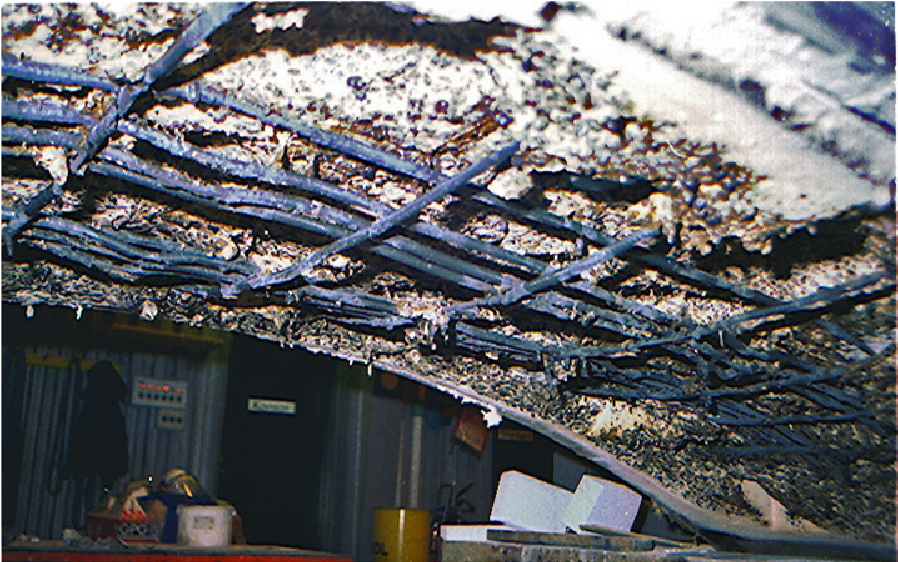
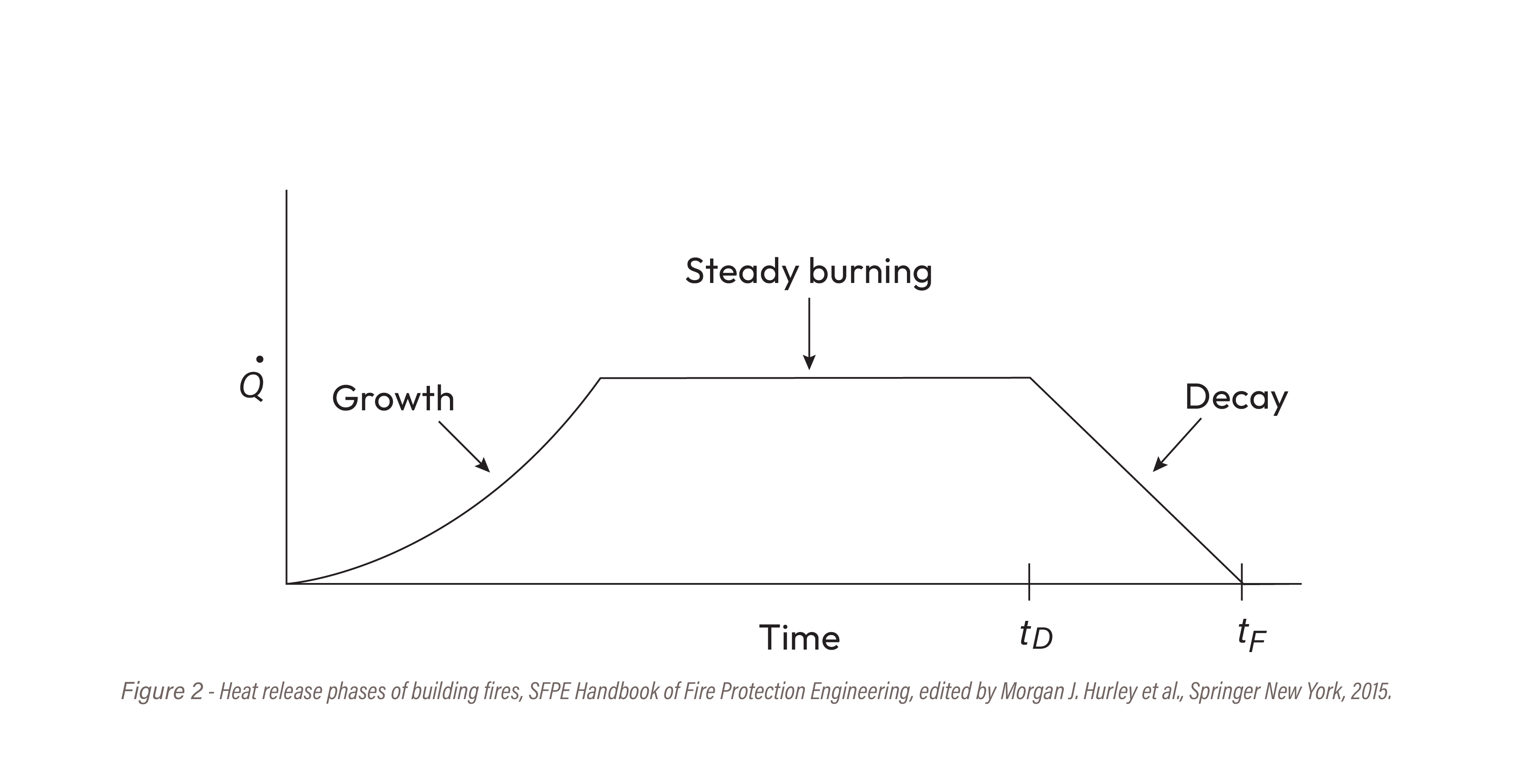
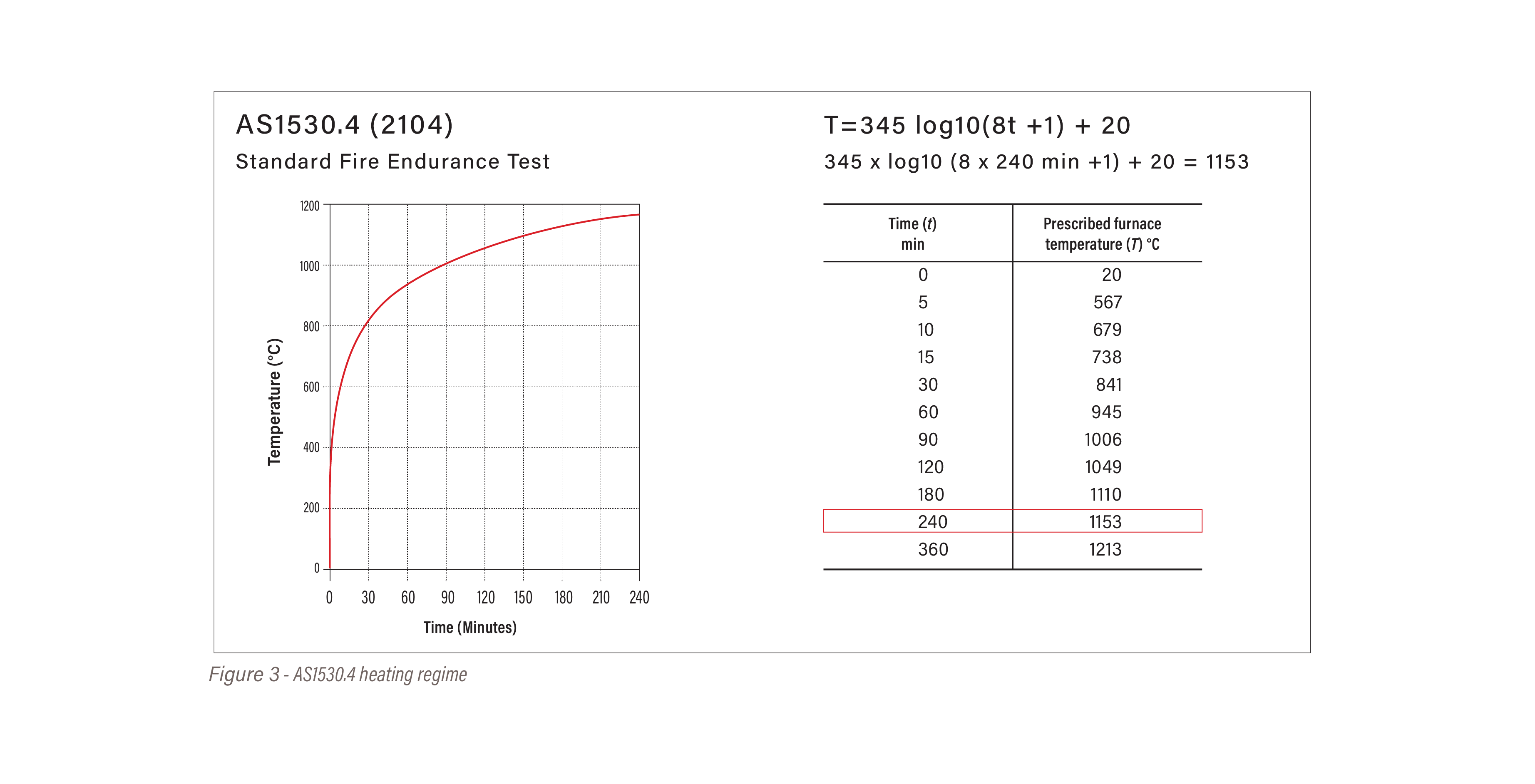
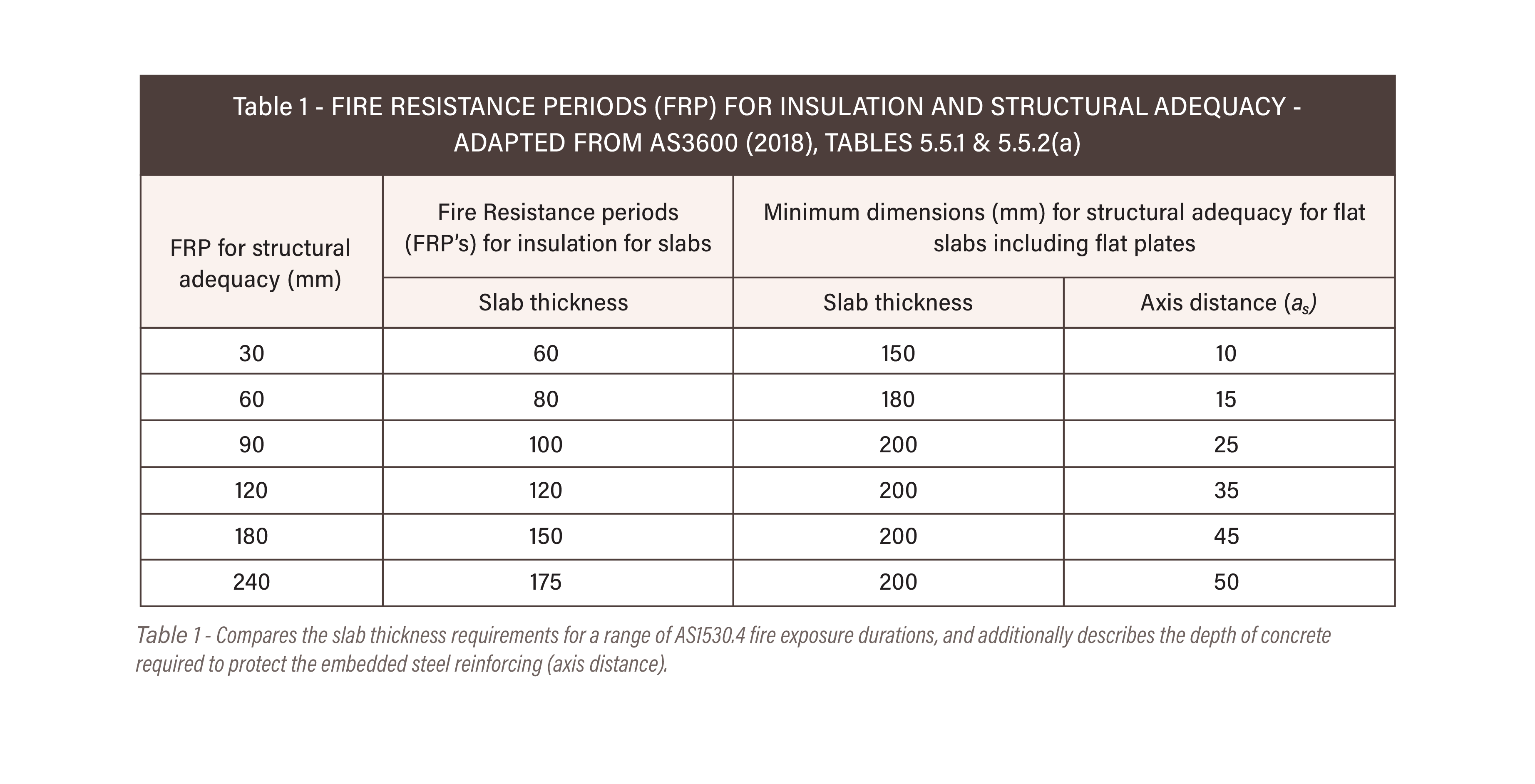
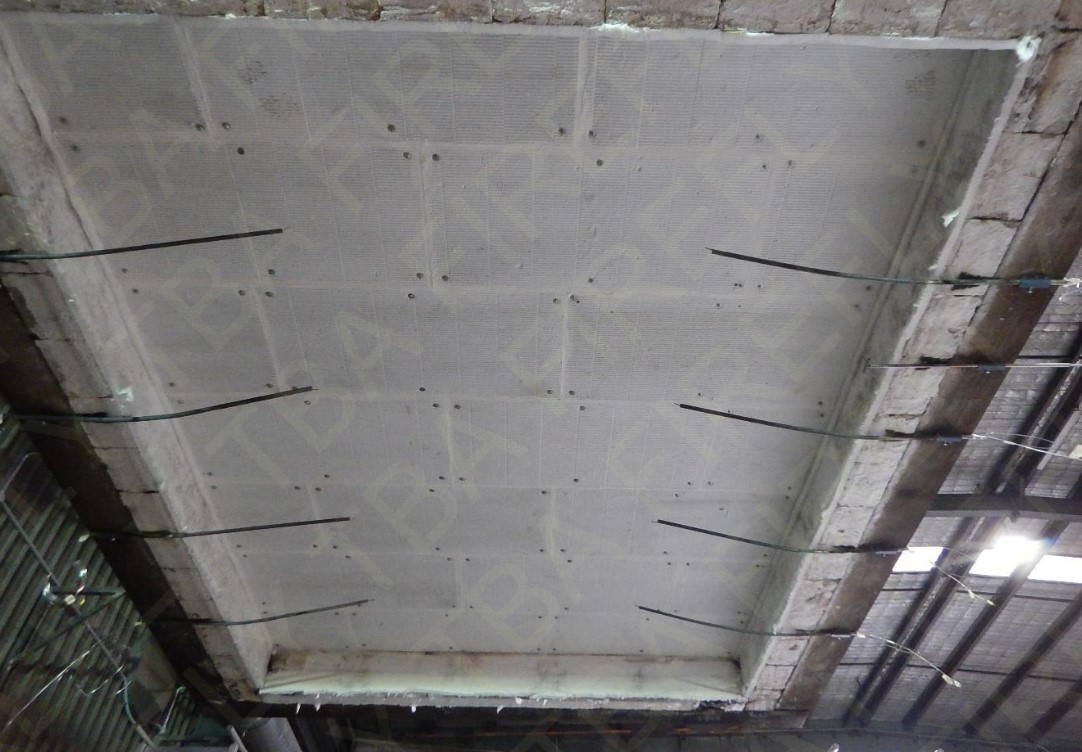
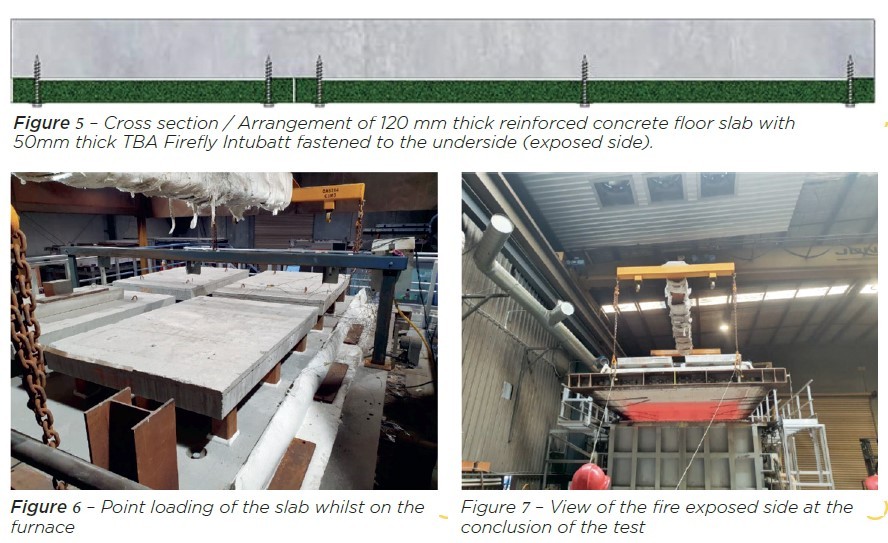
 Aluminised Rock Wool for Pipe Systems by
Aluminised Rock Wool for Pipe Systems by Retrofit Firestopping System for Roof
Retrofit Firestopping System for Roof Burn Over Blanket for Fire Protection by
Burn Over Blanket for Fire Protection by Seismic Base Isolators for Buildings by
Seismic Base Isolators for Buildings by Vapour Permeable Membrane for Roofs by
Vapour Permeable Membrane for Roofs by FIREFLY RetroBatt 60 Retrofit
FIREFLY RetroBatt 60 Retrofit FIREFLY Cast-in Fire Collars and Cast-in
FIREFLY Cast-in Fire Collars and Cast-in T1 & T2 FIREFLY Retrofit Floor Waste
T1 & T2 FIREFLY Retrofit Floor Waste Concrete Protection System for Fire
Concrete Protection System for Fire Fire Rated Seismic Joints by FIREFLY
Fire Rated Seismic Joints by FIREFLY Bushfire Protection Systems by FIREFLY
Bushfire Protection Systems by FIREFLY Smoke and Flame Barrier by FIREFLY
Smoke and Flame Barrier by FIREFLY Mineral Wool Batt for Steel Protection
Mineral Wool Batt for Steel Protection Fire Separation in Lightweight Duplex
Fire Separation in Lightweight Duplex Passive Fire Protection Training
Passive Fire Protection Training Water-Based Acrylic Service Sealant from
Water-Based Acrylic Service Sealant from Non-Combustible FIREFLYBatt Steel
Non-Combustible FIREFLYBatt Steel Non-Combustible Thermal Break Solution
Non-Combustible Thermal Break Solution FIREFLY BAL FZ Roof System with
FIREFLY BAL FZ Roof System with
